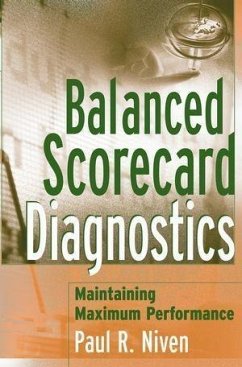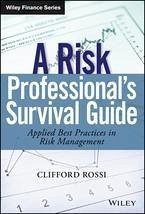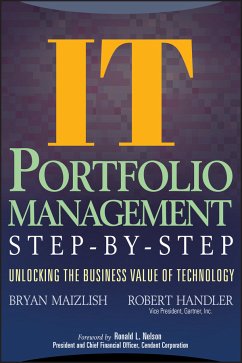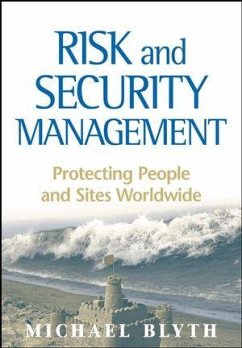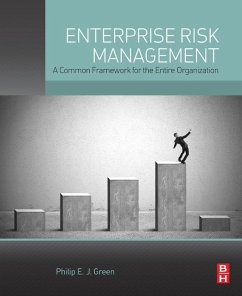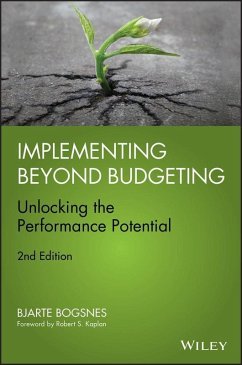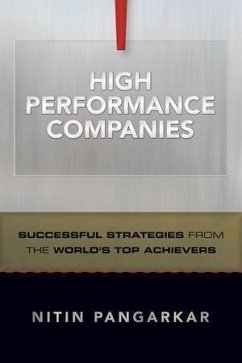
Enterprise Risk Management (eBook, ePUB)
A Methodology for Achieving Strategic Objectives
Versandkostenfrei!
Sofort per Download lieferbar
51,99 €
inkl. MwSt.
Weitere Ausgaben:

PAYBACK Punkte
0 °P sammeln!
Written for enterprise risk management (ERM) practitioners who recognize ERM?s value to their organization, Enterprise Risk Management: A Methodology for Achieving Strategic Objectives thoroughly examines operational risk management and allows you to leverage ERM methodology in your organization by putting author and ERM authority Gregory Monahan's Strategic Objectives At Risk (SOAR) methodology to work. A must-read for anyone interested in risk management as a strategic, value-adding tool, this no-nonsense book shows you how to use ERM and SOAR to empower your company to go from stuck to comp...
Written for enterprise risk management (ERM) practitioners who recognize ERM?s value to their organization, Enterprise Risk Management: A Methodology for Achieving Strategic Objectives thoroughly examines operational risk management and allows you to leverage ERM methodology in your organization by putting author and ERM authority Gregory Monahan's Strategic Objectives At Risk (SOAR) methodology to work. A must-read for anyone interested in risk management as a strategic, value-adding tool, this no-nonsense book shows you how to use ERM and SOAR to empower your company to go from stuck to competitive.
Dieser Download kann aus rechtlichen Gründen nur mit Rechnungsadresse in D ausgeliefert werden.




